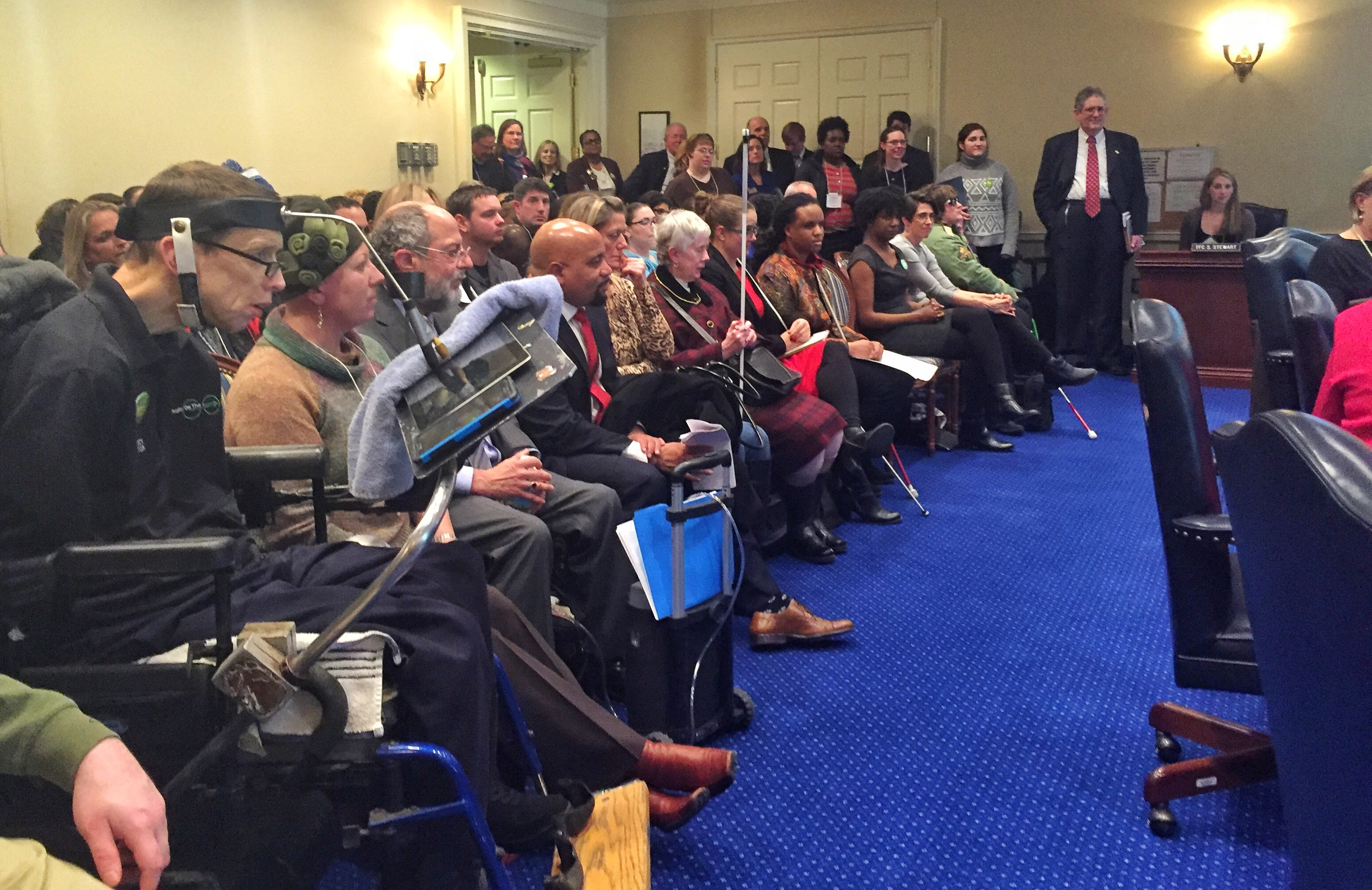Maryland’s hospital emergency rooms have the longest wait times in the country, according to a Dec. 21 investigation by Meredith Cohn in the Baltimore Banner. That’s a bad distinction for our state to have at any time, and especially when multiple winter viruses are slamming ERs nationwide.
Cohn cites data from the Centers for Medicare and Medicaid Services finding that Maryland’s average wait time has reached an astounding 228 minutes. Nearly four hours before you can get seen in the emergency room? Better hope it’s not an emergency!
A patient advocate tells Cohn the long backups are not just at Baltimore’s busy hospitals, either, but all across the state. That suggests statewide policy may be a factor.
The Banner piece quotes Ge Bai, professor of health policy and management at the Johns Hopkins Bloomberg School of Public Health, as proposing one reason: Maryland’s “certificate of need” (CON) law, which requires hospitals to apply for permission from the state to launch or expand services, something they don’t need to do in all other states.
According to Bai, states that do best at minimizing wait times either don’t have a CON law or have one that’s more flexible than ours. “She said nine of 10 states in a 2020 Kaiser Health News ranking of the longest wait times for a hospital room do have such laws.”
Scholars have much criticized certificate-of-need laws, which are currently in place, with widely varying levels of stringency, in 35 states and the District of Columbia. Several states including Florida and West Virginia have lately rolled back their laws to some extent, while New Hampshire in 2016 abolished its entirely.
Whatever their intention may be, Bai told Cohn, certificate of need laws can curtail patient access, “especially if the process is ‘captured by special interests who aren’t interested in competition.'”
In Maryland, provider interests routinely do use the laws to keep out competition, as in March when Eastern Shore hospice operators met with legislators asking them to hold a line against new entrants.
According to 2018 reporting by Tim Curtis in the Daily Record, a state task force formed to look at the issue a few years ago heard from incumbent providers — “stakeholders,” as they’re called — who liked the “long and onerous” regulations the way they were since they provided a “barrier to entry” discouraging new competitors.
Attorney Barry F. Rosen, who works with applicants, “tells clients to expect an 18-month process that will cost hundreds of thousands of dollars, something that convinces many potential providers to not even try. But once companies get the certificate of need, they love the process because it reduces competition, he said.”
On the problem of emergency room waits, Sen.-elect Karen Lewis Young (D-Frederick) is proposing a bill to create a task force to study the issue and learn from other states’ practice.
Another factor I hope such a task force will look at: Maryland’s uniquely strict model of hospital rate regulation, under which the state prescribes a single rate for hospital bills however paid (private, commercial, Medicare-/aid, self-pay).
The Maryland rules also require hospitals to operate under a prescribed prospective budget. Some policy advocates have urged the state’s system as a model for elsewhere, arguing on its behalf that it saves money by, for example, reducing unneeded hospital admissions.
If the Maryland Model is attaining some of its hospital cost savings by squeezing the patient experience, or pushing costs over to other providers such as urgent care clinics, that would be worth knowing, wouldn’t it?







That time is not what I spent. I left my house @ 4:30ish for Sugar drop and my pressure was off. The paramicis asked me did I wait to go to hospital. I said of course wouldn’t you. I got there in 15mins. check my vitals then was push in a wheelchair to the ER waiting room. It was crowded to the point of no seats. I’m waiting and thought because of my status I would be seen soon. I was hearing people complaining about they had been there for 12-14hrs. So time went on and my name was called for register then called hrs. later for vitals. But I was told to go wait back out in holding room. I got seen at @ 4’ck a.m. to be giving an IV. and asprin. The pain I was in I was dissatisfied with the service and would not even take my Dog there. The hospital was Doctors Hospital Center, Lahman MD. It was said the hospital was good, clean and staff was respectful. They receive “F” for keeping people waiting so long that some of them left. They were moaning, yelling, overcrowded is unexceptable.